Have you ever strolled across a zig-zag bridge? If so, you’ll know that unlike most bridges which carry you from one side to the other as efficiently as possible, a zig-zag bridge forces you to change direction multiple times and slow down as you cross.
A traditional Japanese zig-zag bridge is constructed of eight overlapping wooden planks. Zig-zag bridges, called “yatsuhashi” for “eight bridges”, are often found in traditional Japanese gardens.
The Oyama Jinja Shrine in Kanazawa Japan features an intimate stroll garden with a lovely pond. There are three islands in the pond connected by a decorative bridge, a series of stepping stones and a wooden zig-zag bridge. You can see the eight overlapping wooden planks of the zig-zag bridge in this photo.
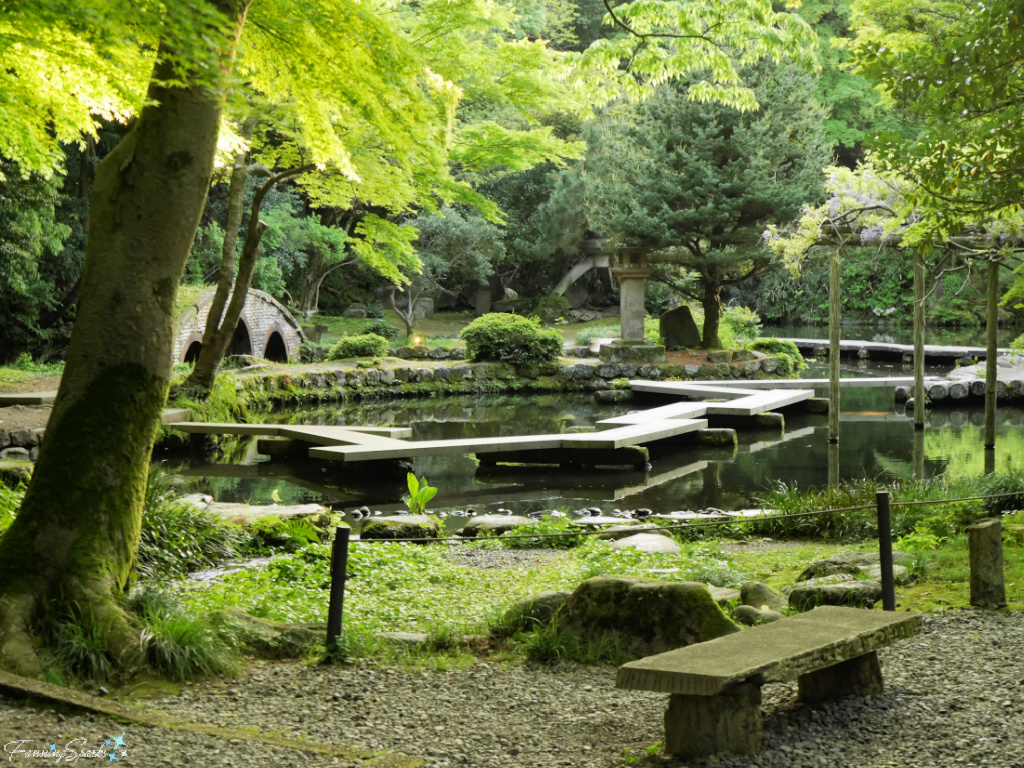 The wooden planks “are seldom laid neatly side by side or in line … yet one behind the other, so that one is forced to take a step forward and then step side-ways on to the other plank before moving forward. This zig-zag motion forces the visitor to slow down in order to enjoy the tranquil scene.” explains Sima Eliovson in her book Gardening the Japanese Way.
The wooden planks “are seldom laid neatly side by side or in line … yet one behind the other, so that one is forced to take a step forward and then step side-ways on to the other plank before moving forward. This zig-zag motion forces the visitor to slow down in order to enjoy the tranquil scene.” explains Sima Eliovson in her book Gardening the Japanese Way.
This photo, taken at a different garden in Kyoto, helps illustrate the point.
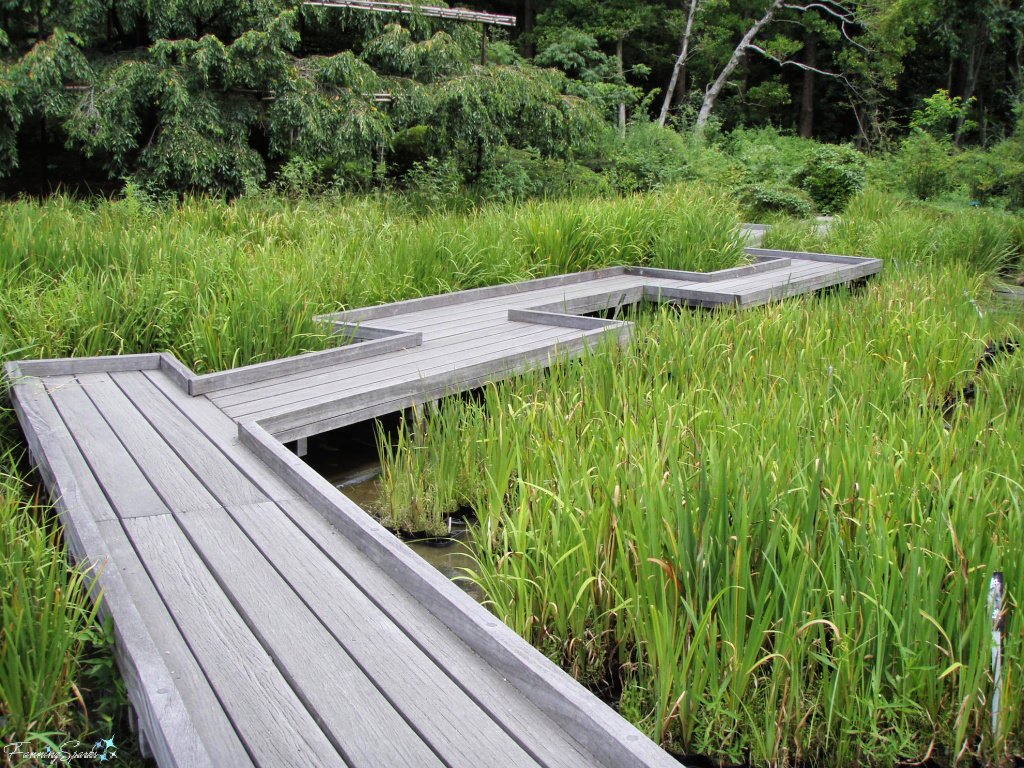
Wikipedia elaborates, “A zig-zag bridge is a pedestrian bridge composed of short segments, each set at an angle relative to its neighbors and usually with an alternating right and left turn required when traveling across the bridge. The objective in employing such a bridge, constructed according to Zen philosophy and teachings, is to focus the walker’s attention to the mindfulness of the current place and time moment – ‘being here, now’.”
Being mindful on a zig-zag bridge is also a matter of safety. “As it often has no railings, it is quite possible for an inattentive walker to simply fall off an end into the water.”
The directional changes of the zig-zag bridge can serve to represent the changes we encounter in our lives. That’s why I chose this photo of the Oyama Jinja Shrine zig-zag bridge for my annual word of the year exercise.
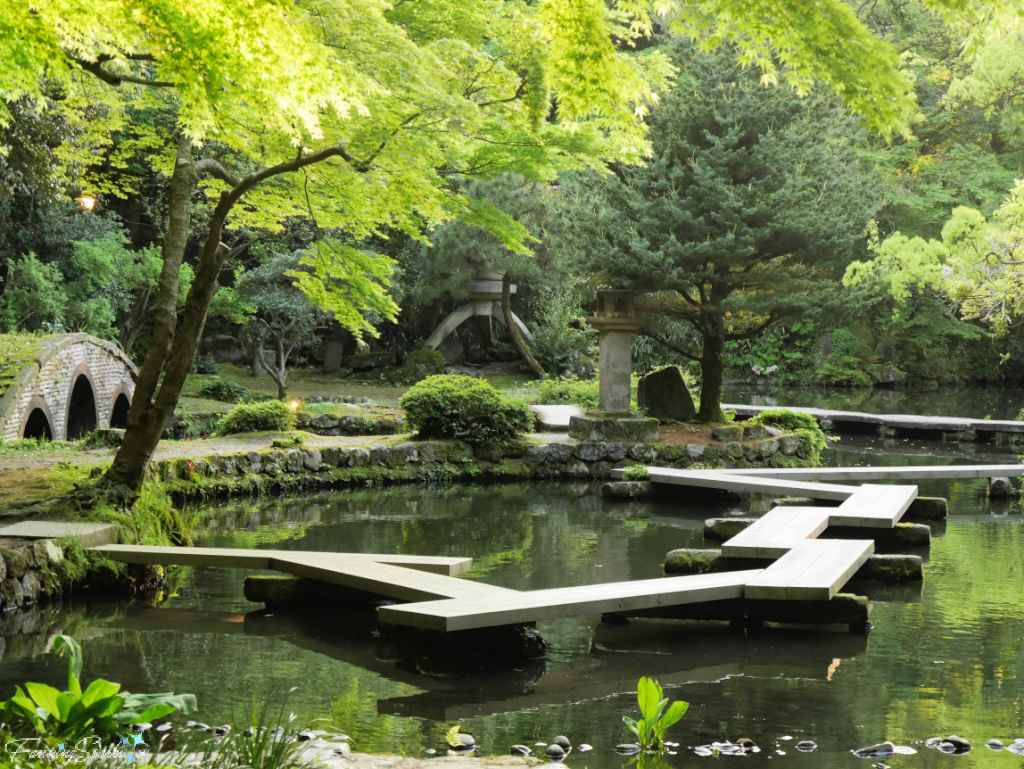 The upcoming year promises some pretty significant life changes for my husband and me. So, in keeping with my annual New Year’s tradition of choosing a word for the year, I’ve chosen “Change” as my word for 2024. I’ve stitched this photo to serve as my visual reminder throughout the year.
The upcoming year promises some pretty significant life changes for my husband and me. So, in keeping with my annual New Year’s tradition of choosing a word for the year, I’ve chosen “Change” as my word for 2024. I’ve stitched this photo to serve as my visual reminder throughout the year.
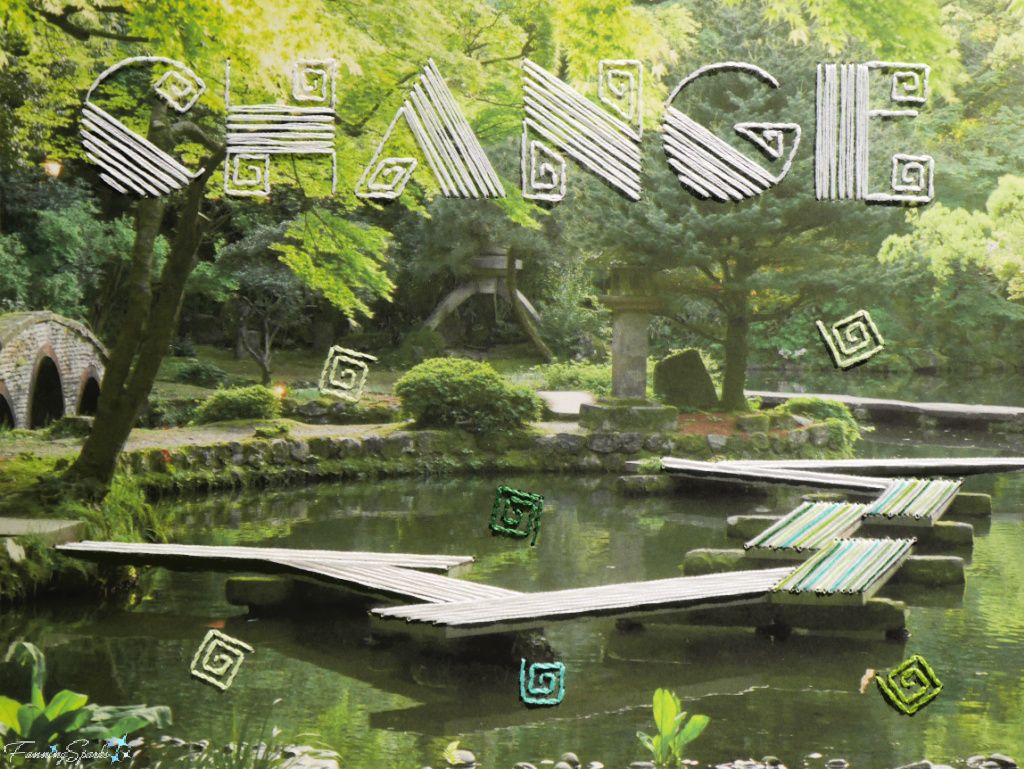 As with all change, there will be positive and negative impacts—some expected, some unexpected. The trick will be to handle all the ups and downs of the transition with patience and courage. We may have to remind ourselves to be mindful of the current place and time and to take all the changes in stride.
As with all change, there will be positive and negative impacts—some expected, some unexpected. The trick will be to handle all the ups and downs of the transition with patience and courage. We may have to remind ourselves to be mindful of the current place and time and to take all the changes in stride.
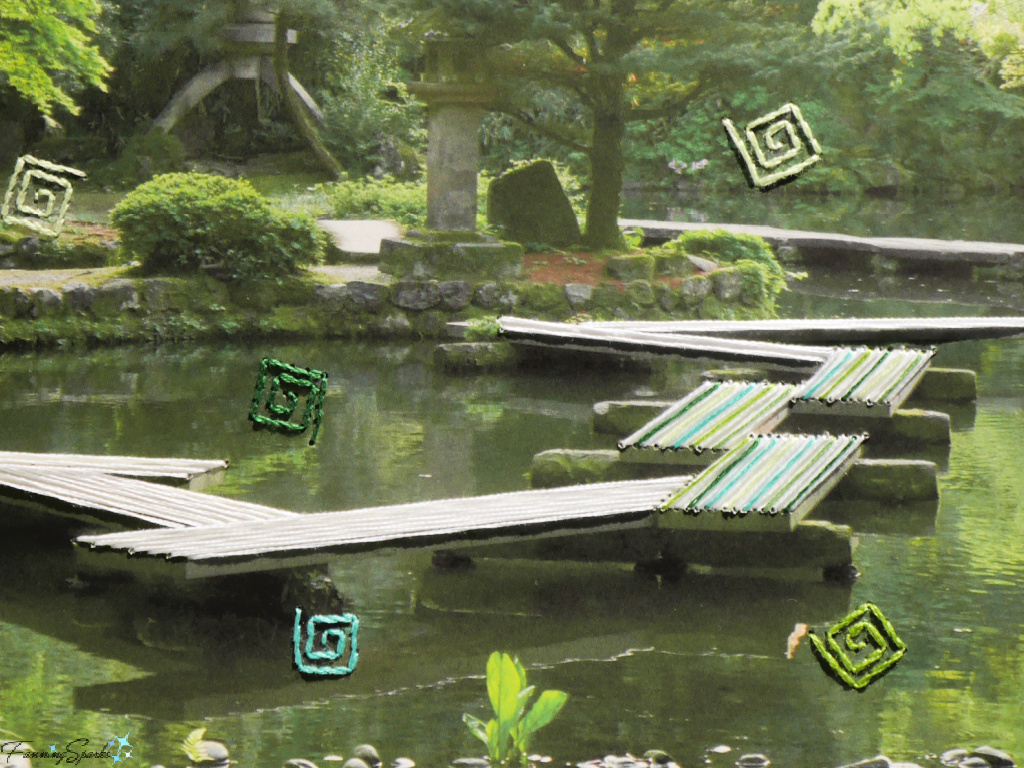
More Info
Previous posts featuring my word for the year include:
. Discover My Word for 2023
. Doubling Down on Hope: My Word for 2022
. Hope: My Word for 2021
. Savor: My Word for 2020
. Harmony: My Word for 2019
Stitching on paper is surprisingly easy and satisfying—especially when stitching on your own favorite photos. Check out the blog post, Hello Marvelous Photo Embroidery – DIY Tutorial, for step-by-step instructions.
My Paper Stitching Pinterest board is packed with over 350 ideas for embroidering photos and other forms of paper.
Today’s Takeaways
Change, Discover, Hope, Savor, Harmony, others? What word might you select to represent your goals for 2024?


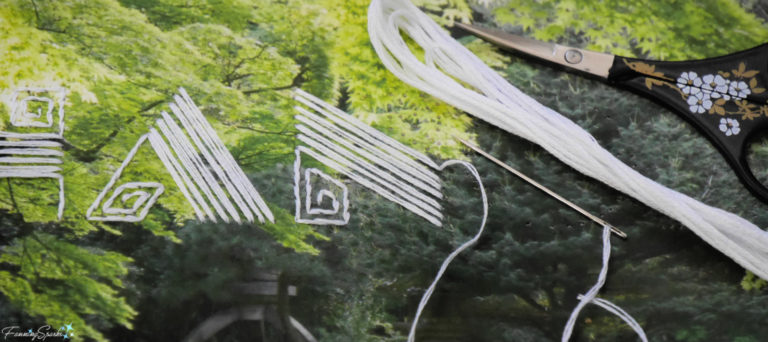


Comments are closed.